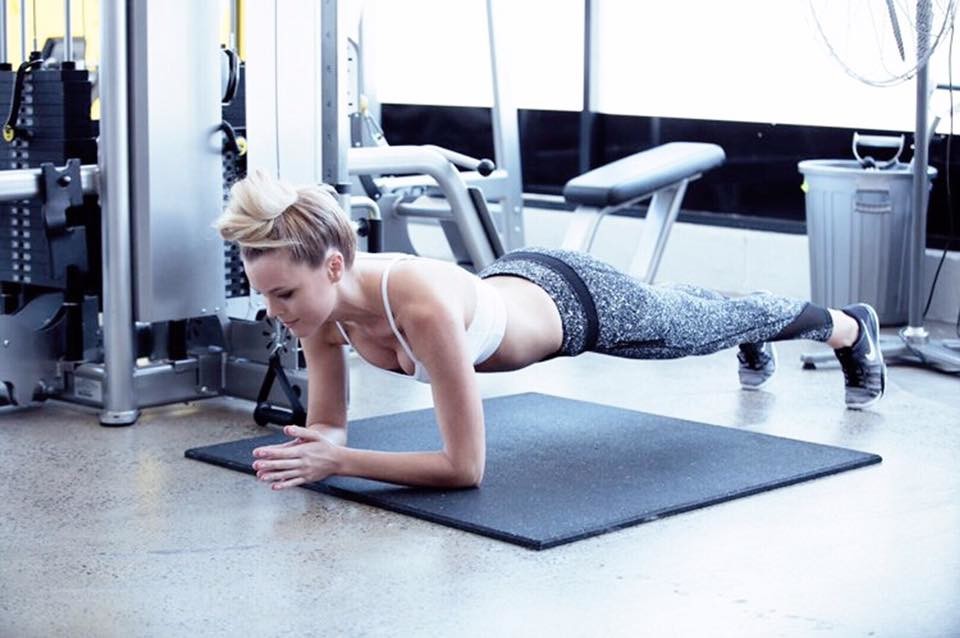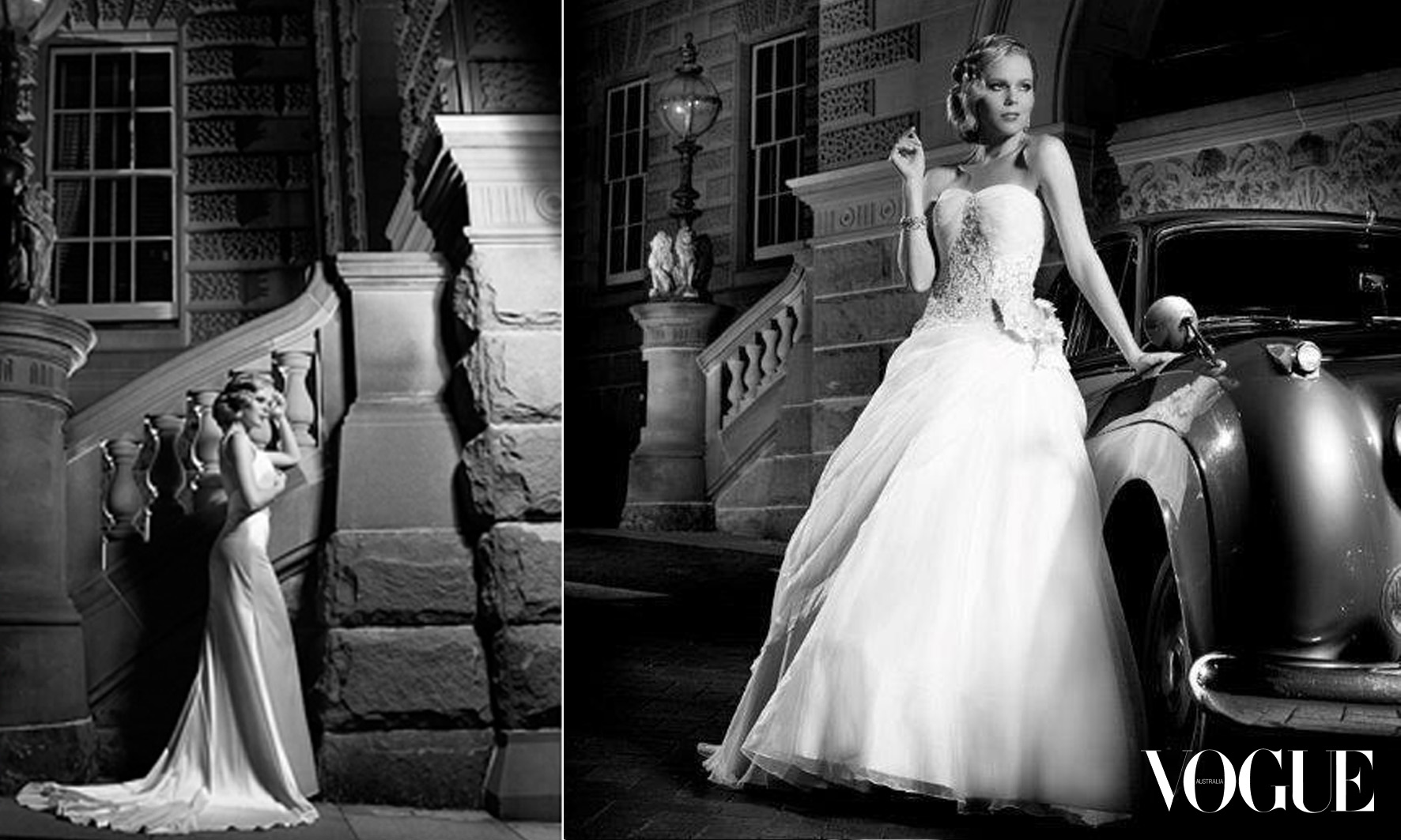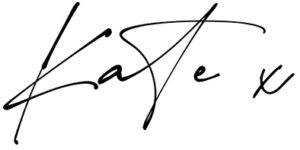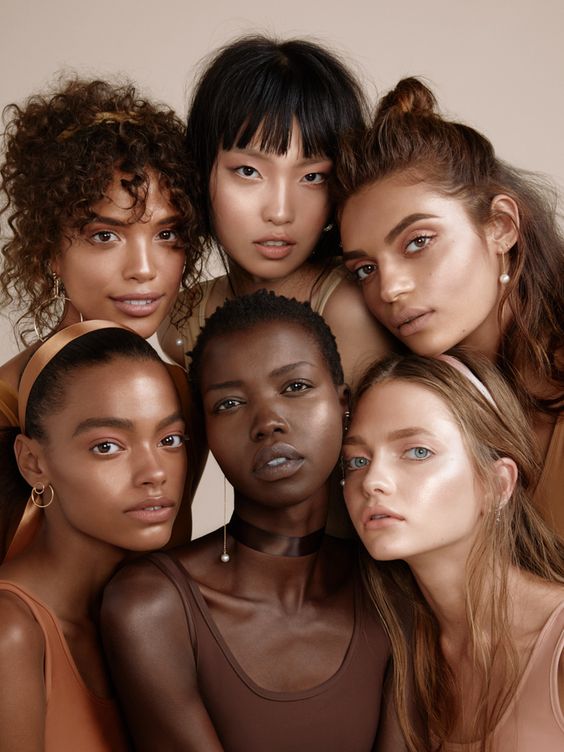The foundation to a successful Model career lies in identifying the Model category that is right for you. Despite what you may have heard or perceived of the industry, the Model world doesn’t start and end at a televised runway show. The growth of the fashion industry is a testament to the ever-evolving nature of brands’ understanding and listening to their consumers, and an increasing desire for diverse representation.Top 20 Model Agencies in Australia
Hero Image Credit: Yulia Gorbachenko.
In this article I have shortlisted the Top 10 Model Categories that anyone can work in. Between fashion and commercial modelling, you’ll be pleased to learn there are jobs and career paths available for all niches (ethnicities, ages brackets, shapes, sizes). See if any of these Model Types present the right opportunity for your next industry move.
Choosing a Model category to work in is not a decision you have to make in one day. I always tell my Model coaching students that it is essential to explore and try out different types first BEFORE settling on a specific Model category. PSA: You don’t have to stop at just one Model category either!
What to go pro? Learn: How to Become a Model.
It’s normal to feel a little overwhelmed when you first start learning about becoming a Model; the different categories and the requirements for each of these. I hope this guide helps you get one step closer to understanding the Model industry better and you get the information you need to start your Model career on the right foot.
Make sure you read to the end to get my bonus Model tips!
1. Fashion & Editorial
If you’re a beginner you may not be familiar with the category “Editorial Model”. However, I’m sure you’ve heard of “Fashion Model.” Fashion Models sell a lifestyle. Editorial Models sell a story.
Fashion/Editorial modelling can be one of the most lucrative and elite of the Model categories that I have come across in my Model career. When I first started working as a Model, Fashion and Editorial Models were the faces you saw in high fashion magazines; such as Vogue, Elle & Harper’s Bazaar; and the ones who pose for artistic photoshoots as the ‘muse’ for the creative designer they’re a spokesperson for. Todays’ Fashion and Editorial Models are also featured across social media and various other print, digital and television mediums.
Overall, the fashion and editorial Model category tends to be the most selective of all the Model types. The ideal Fashion/Editorial Model is incredibly tall (females need to be 5″9-6ft, males need to be 5″11-6″3), have a naturally predisposition of a slim build, and poses a unique ‘look’ before being considered the ‘complete package’ by fashion houses. Due to the nature of the measurements needed, on average females are typically between 16-25 with a typical size 6-8 in AUS/UK sizing (4-6 US), and males are between 25-40 years of age and a waist size of 76cm to 81cm (30” to 32”) with an excellent physique.
Model Industry Tip: For Fashion and Editorial Models, having the ‘right look’ is more important than height or slender frame alone.
These Models are largely Agency represented by the top fashion agencies in their region/country, and once you gain visibility, you’ll have plenty of opportunities to experiment with a range of designer styles, fabric, garments, makeup and hairstyles.
Further Reading: Top 20 Model Agencies in Australia.
2. Commercial Modelling
What is a commercial model? Working as a Commercial Model is undoubtedly the most versatile of the Model genres. Due to the nature of the work required (needing to be ‘everything to everyone’) Commercial Models require the most training & development to fulfil briefs, and as a result, are the best remunerated of all the Model categories. Unlike Fashion/Editorial Models, Commercial Models are not restricted by age, height, or size. This modelling type is the most open to diverse and new talent.
Commercial modelling is more about selling a product or service, and therefore these Models shoot for a wide range of advertisements in catalogues and commercials for clients across all industries. Commercial Models live in areas where reputable modelling agencies are located and can comfortably work full-time in this capacity. Core traits of the best commercial Models are a strong, adaptable, relatable repertoire with an innate ability to invoke feelings, emotions and passion through their work for the clients’ desired audience to purchase their product or service.
If you’re starting your career as a commercial Model, it is crucial to have an understanding of what a typical shoot might involve as you’ll need a vast looks database to cater for the variety and diversity of job opportunities coming your way. You can ‘learn as you go’ (make all the mistakes on the job or look into expanding your Model education and training by seeing what learning options there are for you to fast-track your career.
Further Reading: Fast track your Model career with education and training from The Model Masterclass.
3. Runway Modelling
Also known as a Catwalk Model. A Runway Model is a person who poses to display clothing by walking along a stage in front of an audience.
Runway Models should be at least 5’8” tall as a female and 6’0” tall as a male, however taller is always preferred. Runway Models must have precise measurements so they’re able to fit the clothes that designers are going to be showing to their clients. Fashion Models also must be photogenic, know their good angles, and be skilled in positioning the body to be flattering. Meanwhile, runway or catwalk Models require more physical skills on top of this, such as being able to spin or walk backward in different types of clothing whilst remaining composed and photogenic.
A popular question about runway models: Why are runway models referred to as “glorified clothes hangers?” In reference to the fact they don’t smile. The reason: Smiling is believed to distract attention from the clothes, which should be the focal point of attention during a fashion show. The fashion designers didn’t do all the hard work for nothing after all.
4. Swimsuit Modelling
What is swimsuit modelling? As a Swimsuit Model and/or Lingerie Model, you will work with the latest swim and lingerie styles and motivate the viewer to buy these. Swimsuit and lingerie models may work for designer lingerie and swimsuit brands and may be featured in the swimsuit and lingerie editions of popular magazines like Vogue and Sports Illustrated.
Models may also get to work for top brands like BrasNThings, Victoria’s Secret, Spanx, Seafolly and more. The facial expressions and poses the models strike in this field will vary based on the shoot and requirements. Swimsuit and lingerie models should have clear skin, and most clients have specific requirements about the height and body definition / tone of the Model.
5. Fitness Modelling
What is fitness modelling? In my experience, working as a Fitness Model is a little more flexible than fashion and swimsuit/lingerie modelling. Clients are typically not too specific about height or skin tone requirements. However, you will have to work consistently to maintain your fitness levels and maintain a toned figure at the size you are comfortable with.
It’s also important to have good fitness technique so you can get the right shot. Believe me, there’s only one right way to hold a plank! If you’re unsure, a great starting point would be to book a session with a personal trainer just to perfect your technique before your first shoot.
Fitness modelling is the best choice for you if you have a natural inclination towards health, fitness and wellness. You will work with brands to sell fitness products or fitness-related services using your while showing off the hard work you’ve put in at the gym.

Campaign Shoot for Tamara Mayer Fitness.
Model Industry Tip: All fitness models and those in the fitness industry rely upon this trade secret: fake tanning. They know that the body looks leaner and more toned with a darker skin colour, your teeth appear and your skin appears healthier when you are tan, thus smoothing out discolouration and blemishes.
6. Print Modelling
Print Models are often found in magazines, billboards, campaigns, booklets, flyers, and posters. Print Models have clear skin, exude a warm and friendly persona, with the most essential element – they need to boast health/wellness and an attractive, appealing smile.
The term ‘Print Model’ is often referred to as ‘real faces’ or ‘average look’. Print Models are displayed in magazines, billboards, newspapers, campaigns, catalogues, and various other print mediums. While some Print Models are selling a product, others are simply photographed based on the needs of the client. Print Models are typically people who can look like everyday people – the girl/guy next door, your mother/father, etc.
As a print Model, it is your role to forge a strong connection with your audience without intimidating them. You’re the muse and you will be photographed based on the client’s needs and production brief they want to be fulfilled.
Different clients (brands, retailers, business owners, etc) may have additional requirements for their preferences in choosing a Print Model. These can be considerations of age, height, skin tone, location, ethnic background (more common now with the preference for diversity, yassss!) and technical abilities among others. Technical abilities could be ‘flexible’ if they’d like you to do some Yoga/Pilates style poses for the campaign, as an example, or even a qualified scuba diver if the client is an adventure brand. Another example of a Print Model is modelling Bridal and Bridal Couture. Some bridal retailers may have physical requirements related to height or other measurements and may only look for one particular size model, or they may seek a variety of body types depending on their client base.

Jean Fox Bridаl for Vogue Brides Australia.
7. Bridal Modelling
Being a Bridal Model (also known as a Wedding Model) has a different meaning, depending on the country and market in which you live or were raised. The differentiator is the different roots and social influencers that affect the definition of ‘marriage’ and ‘wedding.’
Wedding modelling is an elegant and enchanting facet of the fashion industry, dedicated exclusively to showcasing bridal attire. In markets like the UK and Australia, wedding modelling is not just about presenting beautiful dresses; it’s an immersive experience that encapsulates the essence of matrimony. Models in these markets often represent diverse backgrounds, embodying the inclusive nature of modern weddings. They showcase a range of styles from classic to avant-garde, catering to the varied tastes of brides-to-be. UK and Australian wedding fashion often reflects the cultural diversity and contemporary trends of these nations, making each fashion show a display of unique artistry and cultural amalgamation.
In the UK, wedding dress model events are usually grand, featuring luxurious gowns by top-tier designers. These events are frequented by industry professionals, offering them a glimpse into the latest bridal trends. Australia, on the other hand, is known for its more laid-back yet sophisticated approach. Australian wedding fashion tends to focus on simple elegance, highlighting the natural beauty of the bride. Both these markets have a significant emphasis on sustainability and ethical fashion, a trend that is increasingly becoming important in the bridal industry.
In other parts of the world the term Wedding Model refers to a woman who has a natural attractiveness that is irresistible, to both men and other women, with little to no sexually driven motive. A glamour Wedding Model is ‘the one’ who stands out in the crowd without trying and can also be described as a ‘head turner’, ‘belle’, ‘madonna’, ‘beauty’ or ‘venus.’
8. Body Parts Modelling
Also known as a ‘Body Parts’ Model. Brands are often on the lookout for models with the perfect hands, feet, nose and other body parts to market specific products and services. Trust me when I say that while parts modelling does not sound as glamorous as other high-fashion modelling options, this category provides plenty of opportunities for a lucrative career.
Parts Modelling is typically used to promote commercial products like jewellery, footwear, gloves, watches, wallets and other smaller essential accessories. Physical traits like height, age, and overall beauty in appearance don’t play a huge role in deciding your potential for success in this category like they do in other Model categories. However, there will be specific attention to maintaining picture perfect nails and smooth clear skin as an essential requirement to work in this niche.
If you need a helping hand (pun intended) to paint a picture of what ‘parts modelling is’, check out the iconic scene from Zoolander with David Duchovny as a ‘former hand Model.’ That footage will live rent-free in your head for life 🙂
9. Fit Modelling
Fashion designers and other experts in the fashion industry depend heavily on Fit Models for clarity on how a specific garment or creation would look on an actual moving human being. While you may not make any public appearances as a Fit Model, it is an incredible way to get a deep insight into how fashion design works and can even help you make some strong connections with people within the brands you work for. You may also get to work with some top designers and brands in the industry. Height and other requirements for fit modelling vary based on several factors of the brand, including whether they offer petite, tall, curve, mature or maternity ranges.
An example of how quality this underrated the Fit Model category is and worth having in your repertoire, Victoria’s Secret Model Candice Swanepoel first got a ‘look in’ with the brand as a Fit Model before working with them and later becoming an Angel.
10. Promotional Modelling
A Promotional Model is a Model hired to drive consumer demand for a product, service, brand, or concept by directly interacting with potential customers. Most promotional models are conventionally attractive in physical appearance though it’s more about having an engaging personality.
For this category, you need the looks and the smarts, as you’ll be trained as ‘Brand Ambassadors’ for each of the clients you’re promoting. Training can be anywhere from 30min before your shifts, or over hours/days in the lead up to the job (aka brand activation) depending on the client and the depth of knowledge about the brand/product you need to be aware of.
Due to the nature of this work, clients look for Models who have a warm, bubbly personality, strong communication skills, understand positive body language, and have a can-do attitude. These Models are expected to be approachable, pleasant and friendly at all times.
BONUS
As promised I have some BONUS tips to give you while you’re here:
⭐️ PROFESSIONAL MODEL TIP #1: It works in your favour to dabble in multiple types of Model categories before settling on the type that best fits your niche (your niche is a combination of your skills and looks database).
⭐️ PROFESSIONAL MODEL TIP #2: This list includes the 10 different Model Categories where you can find your place. It’s important to note each of these categories have subcategories that may also include: Baby, Toddler, Child, Classic (aka Mature), Petite, Curve (aka Plus Size) and Pregnancy (aka Maternity).
⭐️ PROFESSIONAL MODEL TIP #3: For Beginner Models and Models with limited experience: opt for Agency representation. Intermediate and Experienced Models: opt for working in a non-exclusive environment. Models who have the necessary business skills + connections: Freelance.
Further Reading: Can I Model Without an Agent?
I hope you found this guide helpful. I wish you all the very best in your future endeavours to break into the Model industry and find a thriving career!

Ps: This is a quality guide and I don’t mind you sharing it. I’d appreciate it if you follow standard professional etiquette and please quote + credit my content appropriately when you do:
Kate Heussler kateheussler.com | Instagram: @kateheussler Thank you!
Want to learn more?
Choosing the right Model category to suit you can make all the difference when it comes to starting your career. As a Model and Model Coach, I’ve experienced so much variety at my shoots that I can tell you – no shoot is the same. My signature offering The Model Masterclass will give you all the information you need about modelling categories and how to set yourself on the right path for model success. For more details, read about my model courses here or learn more about my career as a model and coach. You can also find me here on Instagram
